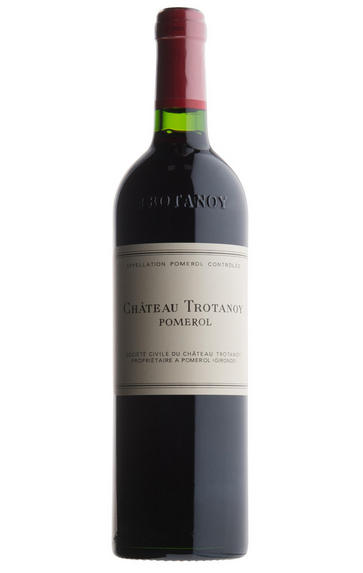
Critics reviews
Robert M. Parker, Jr. - 30/04/2014
About this WINE
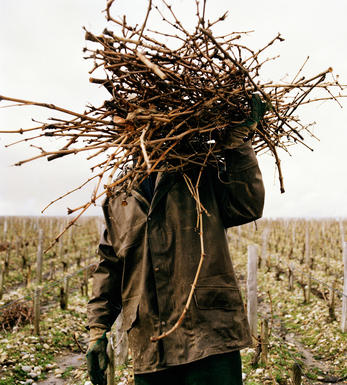
Chateau Trotanoy
Château Trotanoy is a leading Pomerol estate that has been owned by Jean-Pierre Mouiex since 1953. Trotanoy's 8 hectares of vineyards are located on a high plateau about one kilometre west of Château Pétrus between the village church and the village of Catusseau. The vineyards are rich in clay and gravel and are planted with Merlot (90%) and Cabernet Franc (10%).
Trotanoy's grapes are hand-harvested and then fermented in small temperature-controlled concrete vats. The wine is then matured in oak barriques (60-90% new) for 18-20 months. It is bottled unfiltered.
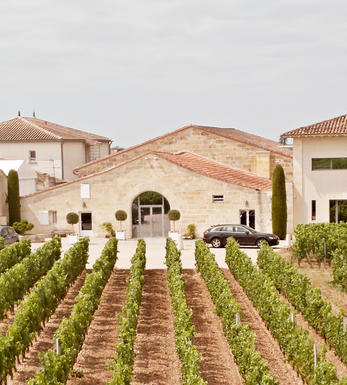
Pomerol
Pomerol is the smallest of Bordeaux's major appellations, with about 150 producers and approximately 740 hectares of vineyards. It is home to many bijou domaines, many of which produce little more than 1,000 cases per annum.
Both the topography and architecture of the region is unremarkable, but the style of the wines is most individual. The finest vineyards are planted on a seam of rich clay which extends across the gently-elevated plateau of Pomerol, which runs from the north-eastern boundary of St Emilion. On the sides of the plateau, the soil becomes sandier and the wines lighter.
There is one satellite region to the immediate north, Lalande-de-Pomerol whose wines are stylistically very similar, if sometimes lacking the finesse of its neighbour. There has never been a classification of Pomerol wines.
Recommended Châteaux : Ch. Pétrus, Vieux Ch. Certan, Le Pin, Ch. L’Eglise-Clinet, Ch. La Conseillante, Ch. L’Evangile, Ch. Lafleur, Trotanoy, Ch. Nenin, Ch. Beauregard, Ch. Feytit-Clinet, Le Gay.
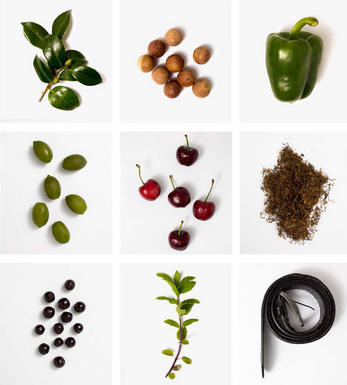
Cabernet Sauvignon Blend
Cabernet Sauvignon lends itself particularly well in blends with Merlot. This is actually the archetypal Bordeaux blend, though in different proportions in the sub-regions and sometimes topped up with Cabernet Franc, Malbec, and Petit Verdot.
In the Médoc and Graves the percentage of Cabernet Sauvignon in the blend can range from 95% (Mouton-Rothschild) to as low as 40%. It is particularly suited to the dry, warm, free- draining, gravel-rich soils and is responsible for the redolent cassis characteristics as well as the depth of colour, tannic structure and pronounced acidity of Médoc wines. However 100% Cabernet Sauvignon wines can be slightly hollow-tasting in the middle palate and Merlot with its generous, fleshy fruit flavours acts as a perfect foil by filling in this cavity.
In St-Emilion and Pomerol, the blends are Merlot dominated as Cabernet Sauvignon can struggle to ripen there - when it is included, it adds structure and body to the wine. Sassicaia is the most famous Bordeaux blend in Italy and has spawned many imitations, whereby the blend is now firmly established in the New World and particularly in California and Australia.


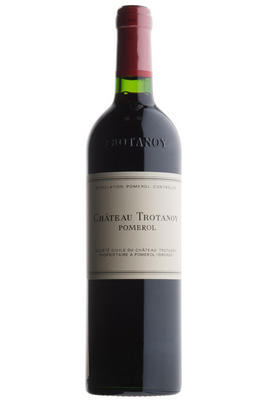
Buying options
Add to wishlist
Description
Rich, dense, masculine and substantial, Trotanoy has produced a bigger wine than most 2011s. Similar to the masculinity and robustness of Gazin, with more mineral content, this medium to full-bodied, muscular effort will benefit from 3-4 years of cellaring and should keep for two decades. Think black cherries, earth, baking spices and serious extract!
Robert M. Parker, Jr. - 30/04/2014
wine at a glance
Delivery and quality guarantee